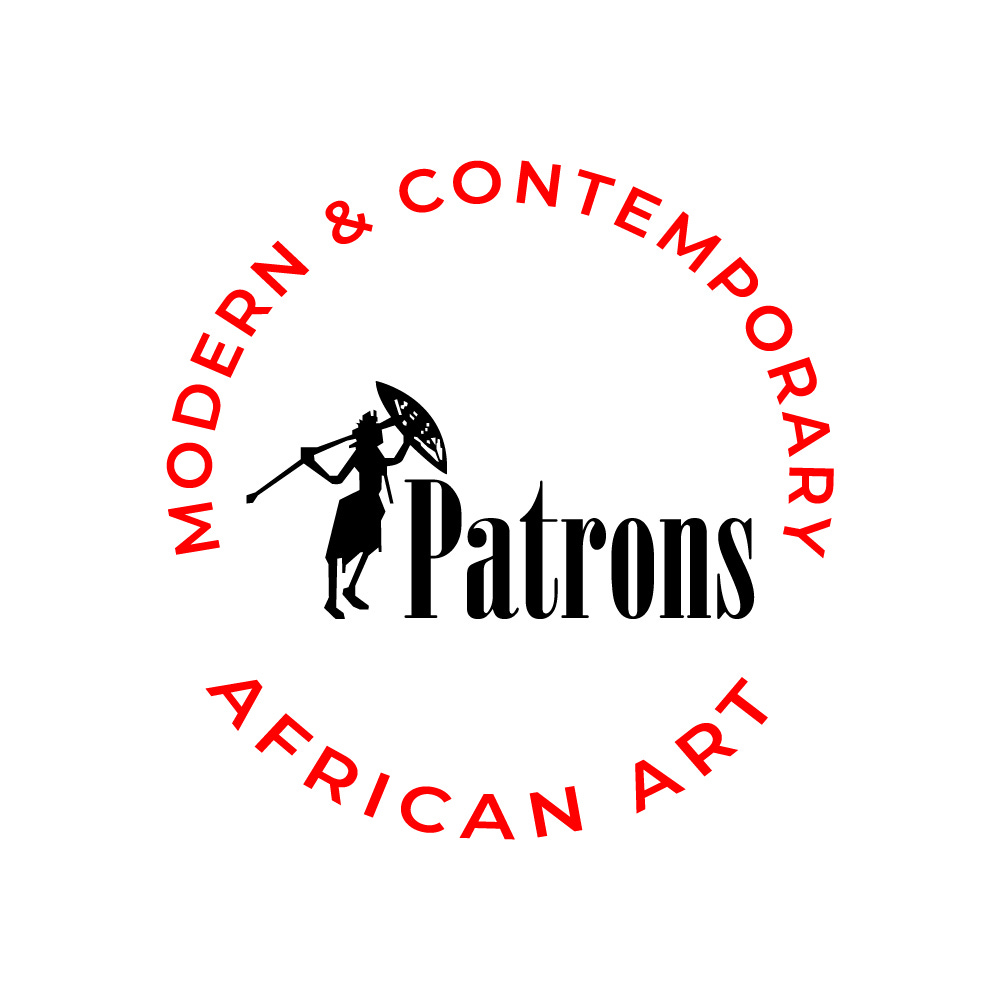Through African Eyes: A Bold New Era for 21st-Century Portraiture

In recent years, African artists have brought a bold new voice to portraiture. Traditionally dominated by Western perspectives, the art of portraiture is undergoing a profound transformation.
African creators are reclaiming the narrative, presenting fresh perspectives that reflect their heritage, identity, and experiences. Their works go beyond mere representation; they challenge stereotypes, celebrate individuality, and tell personal stories. By blending traditional techniques with contemporary approaches, African artists are pushing the boundaries of what portraiture can achieve.
The surge in interest in African art has not gone unnoticed. International art fairs, galleries, and collectors are increasingly drawn to these powerful portrayals. Artists from Nigeria, South Africa, Ghana, and other parts of the continent are creating works that resonate globally. Their portraits capture the richness of African cultures while addressing universal themes like identity, migration, and resilience. This blend of local and global perspectives makes African portraiture unique in today’s art scene.
In this digest, we will explore how African artists redefine portraiture, their techniques, and their impact on global art. From hyperrealism to abstract interpretations, their work is a testament to the evolving face of African creativity.
Top picks of the week from our collection



Reclaiming Identity Through Portraiture
For centuries, African subjects in art were often depicted through a colonial lens. These portrayals stripped individuals of their humanity, reducing them to exotic curiosities. Today, African artists are reclaiming their stories, presenting their subjects with dignity and complexity.
Take the work of Nigerian-American artist Kehinde Wiley, for instance. Known for his vibrant, larger-than-life portraits, Wiley places Black individuals in poses traditionally reserved for European aristocracy. His work challenges historical norms and elevates his subjects, making a powerful statement about representation and identity.
Similarly, Zanele Muholi from South Africa uses photography to explore themes of gender, sexuality, and race. Muholi’s self-portraits and photographs celebrate individuality while confronting societal prejudices. Their work reminds us that portraiture can be a tool for activism and empowerment.
Merging Tradition with Modernity
African artists are also merging traditional styles with contemporary techniques to create unique portraits. By drawing from their cultural heritage, they infuse their work with layers of meaning.
Ghanaian painter Amoako Boafo’s signature fingerpainting technique is a prime example. Boafo’s portraits exude warmth and intimacy. His use of bold colours and expressive strokes draws from both African and Western influences. Boafo’s art bridges the gap between the past and present, making his subjects relatable yet deeply rooted in their heritage.
The Rise of Hyperrealism
Hyperrealism has gained significant traction among African artists. This style, characterised by lifelike depictions, allows for a striking level of detail and emotional depth.
Hyperrealism’s appeal lies in its ability to blur the line between reality and art. It creates an immersive experience, making the viewer feel a direct connection to the subject. For African artists, this style is an effective way to amplify their messages and spark meaningful conversations.
The Global Impact
The influence of African portraiture extends beyond the continent. African artists are gaining recognition on the global stage, with their works featured in major exhibitions and collections. This visibility is reshaping the perception of African art, moving it from the periphery to the centre of the global art market.
Platforms like the African Artists’ Foundation and international art fairs such as the 1-54 Contemporary African Art Fair have played a crucial role. They provide opportunities for artists to showcase their work and connect with global audiences. The result is a growing appreciation for African creativity and innovation.
African artists are not just redefining portraiture; they are reshaping narratives, challenging norms, and inspiring the world. Their work is a celebration of identity, culture, and resilience. By blending tradition with modernity, exploring new techniques, and addressing pressing social issues, they have positioned African portraiture as a force to be reckoned with.
As the global art scene continues to evolve, African artists will undoubtedly play a pivotal role. Their portraits serve as a mirror, reflecting the complexities of human experience while inviting us to see the world through their eyes. This redefined portraiture is more than an artistic movement; it’s a testament to the power of art to connect, heal, and transform.






